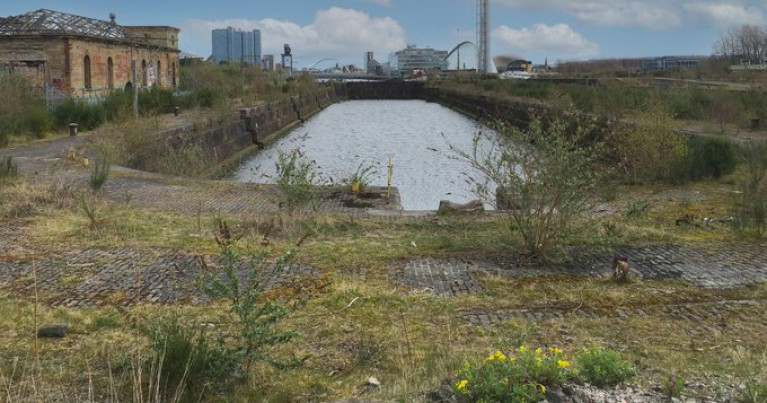Displaying items by tag: Govan Docks
Historic Clyde Shipyard At Govan Docks to Repair Ships Again
On the River Clyde a £500,000 scheme was announced to re-open the A-listed derelict Govan Graving Dock, just west of the Glasgow Science Centre at Pacific Quay on the river's south side.
According to The Scotsman, the company behind the plans, Govan Drydock Ltd, said it was committed to returning the site to being a “fully operational ship repair and maintenance facility” by the end of this year.
The company hopes to win work for both commercial shipping and historic vessels and said it already had been granted a licence to operate Govan graving dock number one, which is 551ft (169m) long, 72ft (22m) wide and 22ft (6.7m) deep.
Restoration work will include on the entrance gates, block repairs, dive surveys, and cleaning.
Re-opening the docks will need planning permission from Glasgow City Council because of the change of use from their current derelict status.
The docks were built of granite in the late 19th century by the Clyde Navigation Trust, part of which was hand carved, when they could accommodate some of the largest ships in the world.
They were used for winter overhauls, repairs and refits of Clyde steamers (see TS Queen Mary) until their closure in 1987, since when they have remained derelict.
Further reading here on the story to revive the historic dockyard.

























































